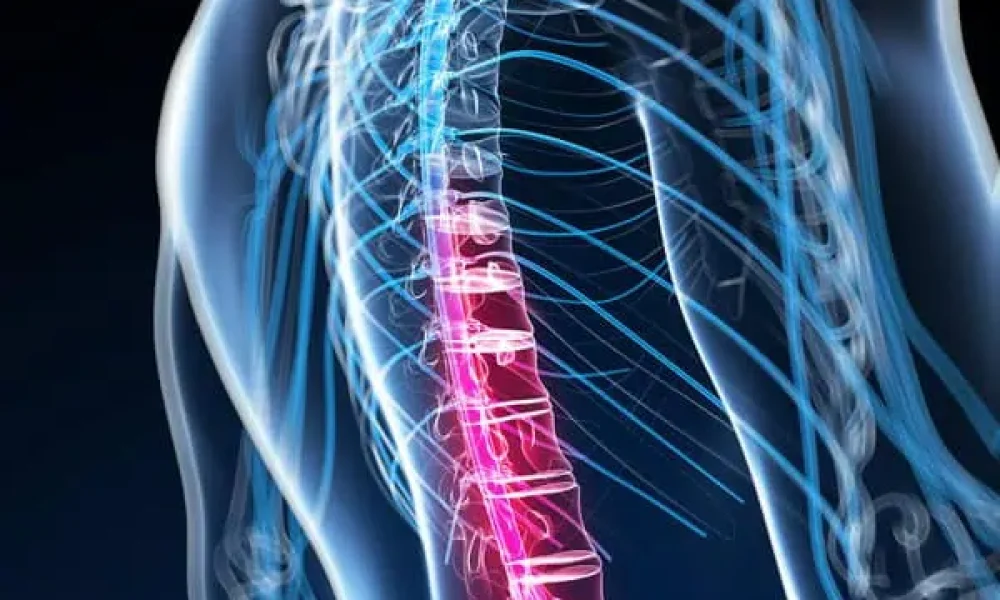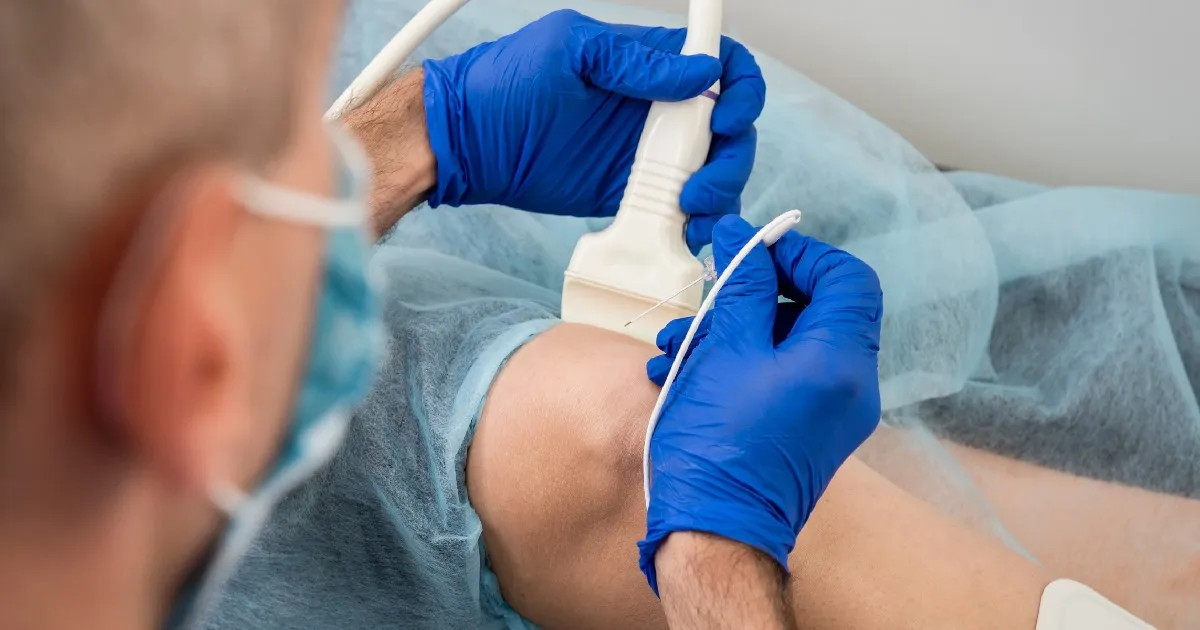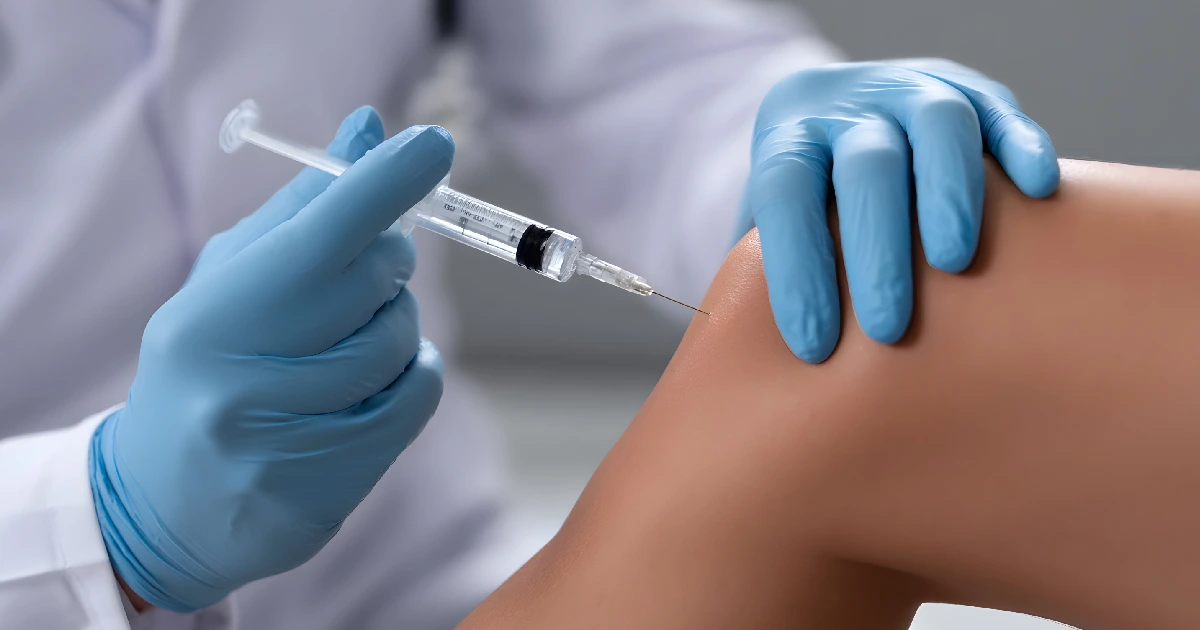Table of Contents
Living with chronic back pain can feel like a constant battle. You might have explored medications, physical therapy, and other treatments, but the pain persists.
If you’ve been researching options, you may have encountered spinal cord stimulation (SCS). SCS is powerful equipment that can help you manage your pain and return to doing what you love.
What is a Spinal Cord Stimulator?
Think of a SCS as a tiny pacemaker for your pain. It’s a medical device implanted under your skin that delivers mild electrical pulses to your spinal cord. These pulses interrupt pain signals before they reach your brain, reducing the intensity of your pain.
Getting the Most Out of Your SCS:
Implanting a Spinal Cord Stimulator (SCS) is a big decision, and getting the most out of it requires a little teamwork between you and your doctor. Here are ten tips to help you use your SCS effectively and manage your pain like a pro:
- Work with Your Doctor to Find the Right Settings: Just like a radio needs fine-tuning to get the perfect station, your SCS needs adjustments to target your specific pain.
- Your doctor will program your SCS during follow-up appointments, tweaking settings like pulse width, frequency, and amplitude to find the sweet spot for pain relief. Be open and honest about your feelings, and don’t hesitate to ask questions.
- Keep a Pain Diary: Think of your pain diary as a detective’s notebook for your pain. Track the intensity, location, and any activities that trigger your pain. This information is crucial for your doctor to understand your pain patterns and adjust your SCS settings accordingly.
- Listen to Your Body: Your SCS is a powerful tool but not a magic bullet. There will be good days and bad days. Pay attention to your body’s signals. Contact your doctor if you’re experiencing unusual pain sensations or decreased pain relief.
- Be Patient with the Process: Finding the optimal settings for your SCS takes time. Keep going even if it doesn’t work perfectly right away. It may take a few adjustments to achieve the best possible pain relief.
- Don’t Be Afraid to Experiment with the Settings: Within the parameters set by your doctor, feel free to experiment with your SCS settings at home. See what settings work best for different activities, like sitting for long periods or walking.
- Movement is Your Friend: Just because you have an SCS doesn’t mean you have to become a couch potato. Regular exercise can actually enhance the effectiveness of your SCS. Low-impact activities like walking, swimming, and yoga can improve your mood, flexibility, and overall well-being.
- Manage Stress: Chronic pain and stress often go hand-in-hand. Learning healthy stress management techniques like meditation, deep breathing exercises, or spending time in nature can make a big difference in your overall pain experience.
- Join a Support Group: Connecting with others who know what you’re going through can be incredibly helpful. Sharing experiences, tips, and frustrations with a support group can provide emotional support and a sense of community.
- Stay Informed: Knowledge is power! Be bold and ask your doctor about your SCS, treatment options, and the latest advancements in pain management. The more you know, the more empowered you’ll feel to manage your condition.
- Celebrate Your Victories: Taking control of your pain is a huge accomplishment! Celebrate the good days, even the small victories. This positive reinforcement will keep you motivated and on track toward a pain-free future.
Considering Spinal Cord Stimulation for Chronic Pain? Here’s What You Need to Know
Spinal cord stimulation (SCS) is a powerful tool for managing chronic pain, but it’s not for everyone. Here’s a breakdown of key questions to help you decide if SCS is right for you:
Who Can Benefit From SCS?
If you’ve been battling chronic pain that hasn’t responded well to other treatments, or if you want to reduce your reliance on pain medication, SCS could be a good option. It’s often used for conditions like failed back surgery syndrome, complex regional pain syndrome (CRPS), and chronic neuropathic pain.
How Quickly Will I Feel Relief?
The good news is that many patients experience pain relief within a few days to a week after activating the SCS device. It works by interrupting pain signals before they reach your brain, offering a more targeted approach to pain management.
How Long Do Results Last?
SCS is a long-term solution for chronic pain, with results lasting for several years in many patients. With proper care and programming adjustments by your doctor, you can continue to experience significant pain relief.
What About Recovery From The Procedure?
The SCS implantation procedure is minimally invasive and typically performed under local anesthesia. Some initial discomfort might occur, but most patients can resume normal activities relatively quickly.
What To Expect Before and After The Procedure?
Your doctor will give you specific instructions tailored to your situation. Generally, you may need to avoid certain medications and activities before the procedure and follow a post-operative care plan to ensure optimal healing.
What Happens During The Implantation?
During the SCS procedure, a small device is implanted under your skin, and thin wires (leads) are placed near your spinal cord. These leads deliver gentle electrical pulses that disrupt pain signals. The beauty of SCS is that the settings can be adjusted to customize your pain relief.
Living a Full Life with SCS
A spinal cord stimulator can be a game-changer for managing chronic back pain. By following these tips and working closely with your doctor, you can optimize your SCS and reclaim control of your life. Remember, you’re not alone in this journey.
Book Your First Spinal Cord Simulator Session Today!
At Alta Pain Physicians in Sandy and Bountiful, Utah, we’re dedicated to helping you find lasting pain relief and live on your terms. Book an appointment today to discuss if SCS is right for you! We also have a self-assessment test for your reference.
Or feel free to check out our other services, such as SI Joint Injections, Facet Joint Injections, and more. We hope to see you at our clinic!




